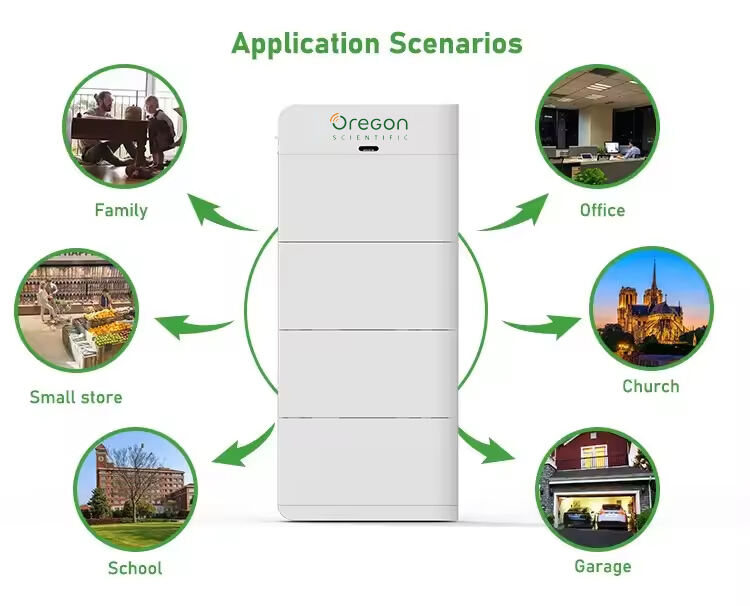In our busy lives, using energy wisely matters more than ever. To lower bills and shrink carbon footprints, homes and companies are turning to clever tech-stacked batteries. These compact, modular units promise flexibility, efficiency, and a greener future, from evening chores to power outages.
Instead of one large block that may sit half-empty, stackable batteries let users build a setup that fits current needs. Customers can slide in or take away extra cells, matching flow with high-drain moments or sudden outages. That easy mix appeals to small apartments, big warehouses, policy offices, and farms alike, giving each owner control without compromise.
One of the biggest perks of stackable batteries is that they make energy use way more efficient. As solar and wind power pop up on rooftops and in fields everywhere, folks need good ways to store all that juice when the sun sits low or the breeze drops. A stackable battery bank grabs the extra power made during sunny or windy hours, then releases it later, cutting down on times when people must lean on the electric grid. The result is both greener living and steady savings on monthly utility bills.
On top of that, these battery systems give a real boost to anyone's sustainability story. Homeowners, store owners, and whole companies are looking for clean-tech moves that blunt climate change, and affordable energy storage is right there on the list. By stacking these batteries, users burn less gas or coal and trim their carbon footprints. That good deed saves the planet, and it can polish a brand by showing customers that a business cares about their future as much as its own bottom line.
Stackable batteries do a lot more than hold power while sitting on a shelf. People already use them in electric cars, boat motors, small camper or tool-shop systems, and even street lights in remote places. Homeowners add a few packs to their solar set-up so the fridge keeps running during blackouts, cafes link several units to smooth out peak demand, and big cities use clusters to cut peak load on the grid. The fact that you can bolt on extra cells when usage grows-whether thats kids moving in or a new wind farm-is why so many customers, from rural off-gridders to new apartment towers, ask for this kind of system. Engineers say that as software and cell chemistry keep improving, we can expect even stranger uses, like moving-power crates for ships or portable air stations for electric planes.
Because they stack like building blocks, these batteries save space and reduce waste. Thanks to trickled software, owners see how much juice is left and how quickly guests charge, making energy theft or cell damage easy to catch early. All the materials are recycled-friendly, the factory temperature stays within room degrees, and several testers have logged a lifespan that almost doubles the typical lithium pack. These small wins add up: a corner cafe that once tossed burnt packs every three years now replaces them only once and saves enough money to treat staff to pizza night. Numbers like that matter-especially when city councils and fairness advocates audit public projects for social and financial returns.
Market watchers say the appetite for modular kits-for homes, buses, office towers, or even a friends old van-keeps growing faster than a sunny Tuesday. Powerful chemistry, clever cooling circuits, and open-sourced control dashboards lead the way, but a real driver is the sense that every wasted watt adds to global warming. Wealthy households and carbon-serious manufacturers feel the pinch; both look for ways to grab power when it is cheap and serve it back when the grid yells for help. Visionaries already sketch neighbourhood micro-grids that borrow cells from parked scooters or bus stops, trading surplus on a community blockchain. Industry insiders agree that stackable packs have the right mix of versatility, smart design, and climate-friendly numbers to turn this vision from idea-board doodle into tomorrow s street reality.
